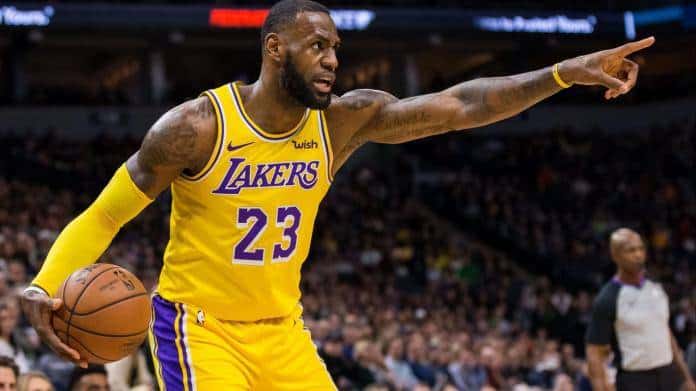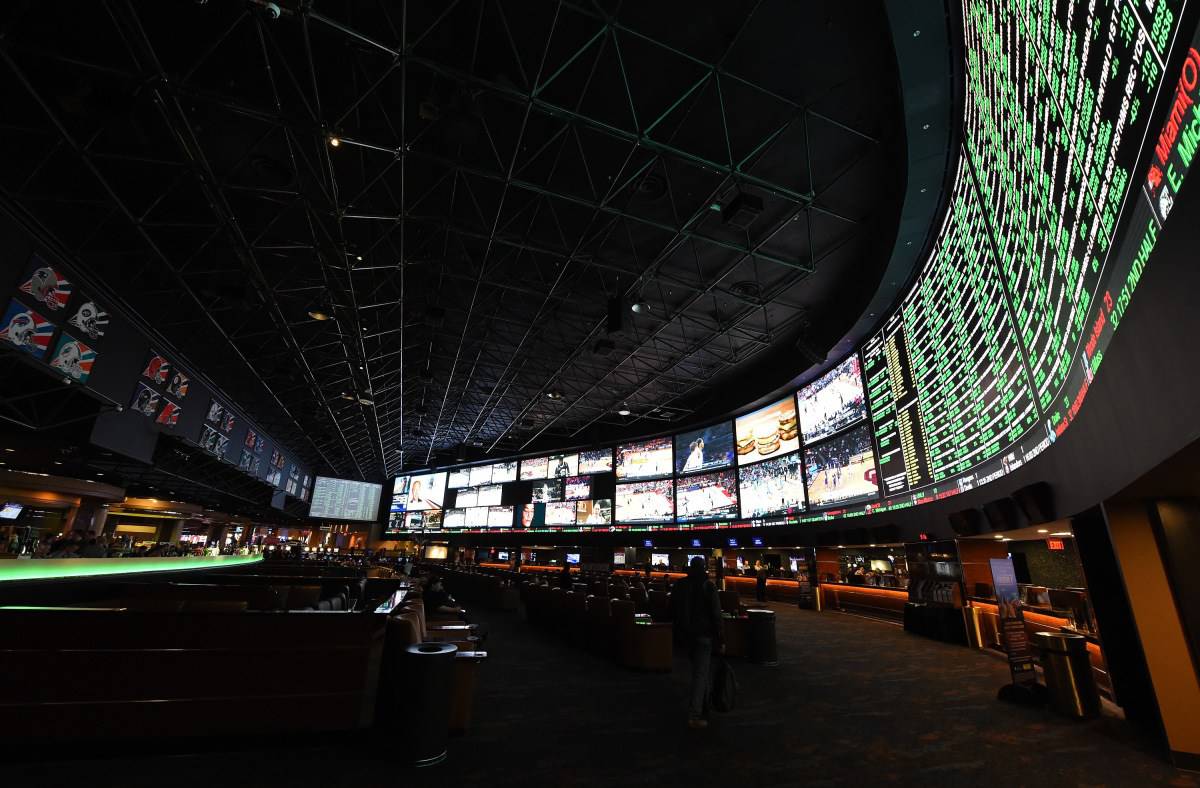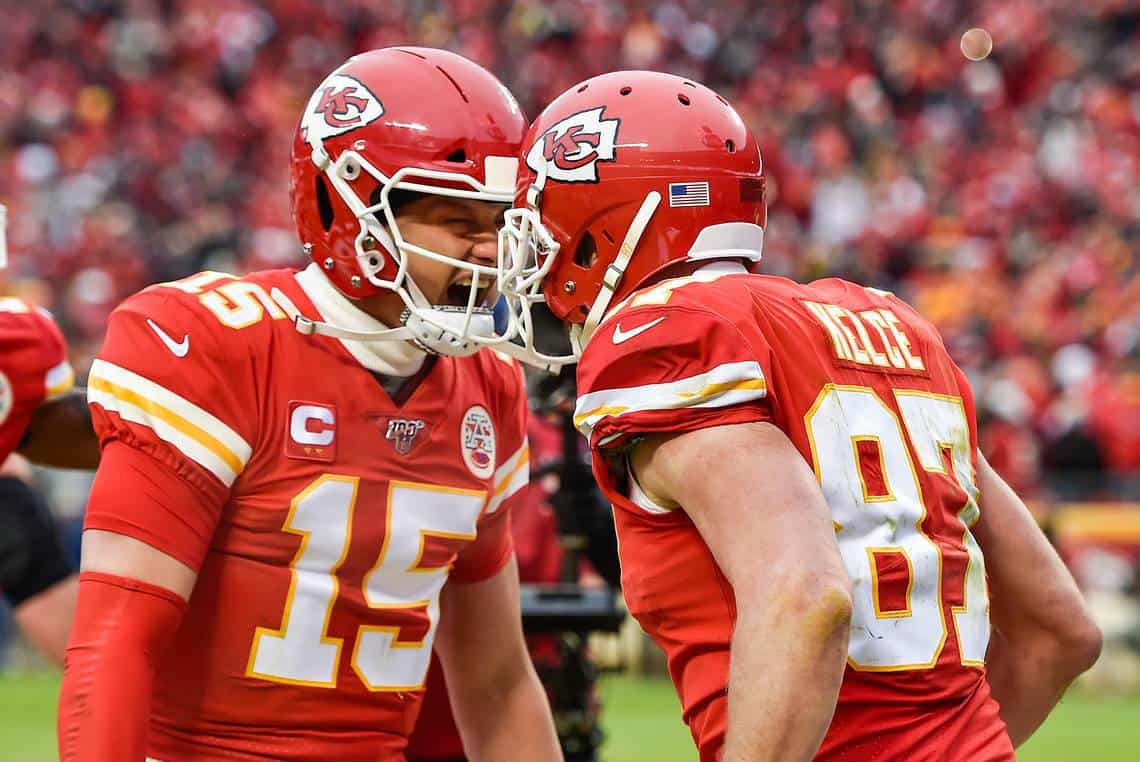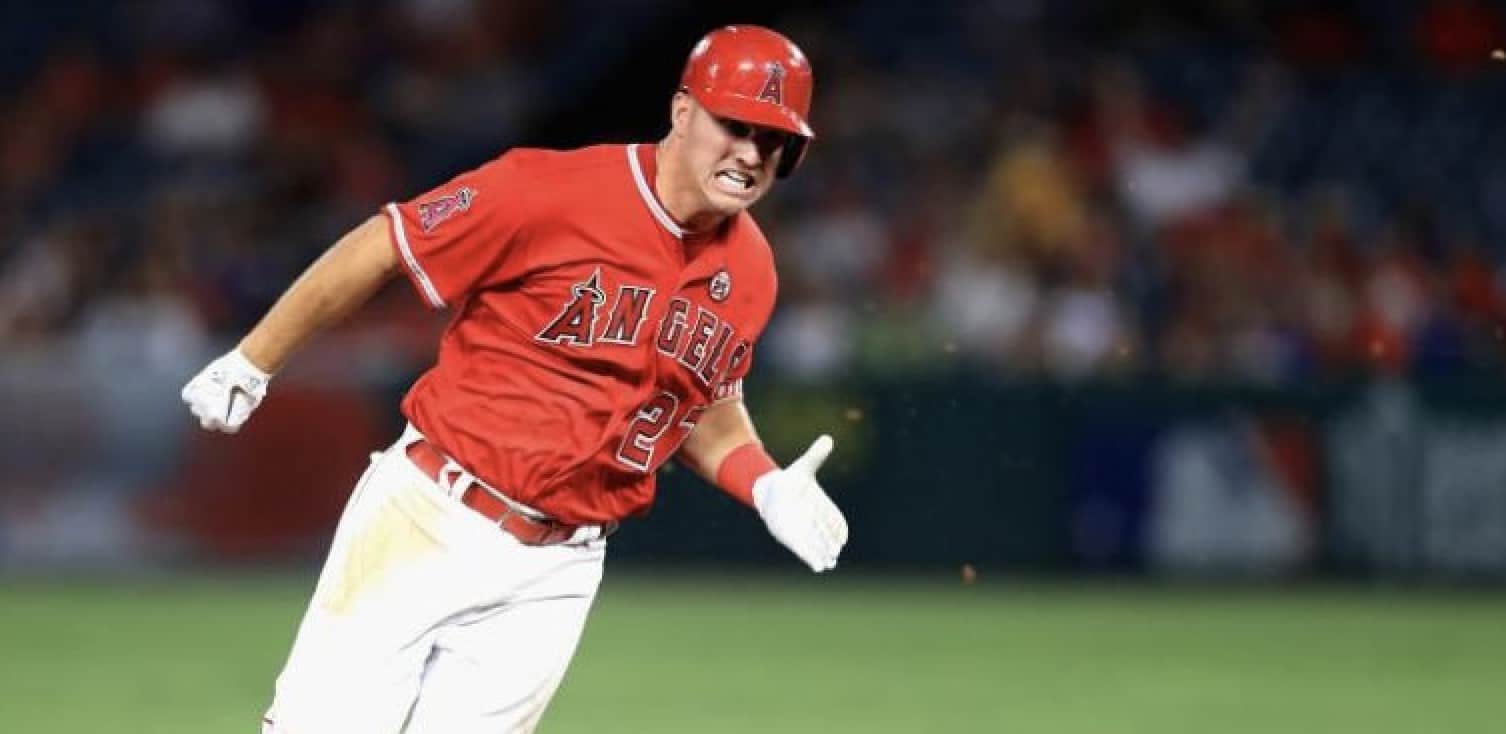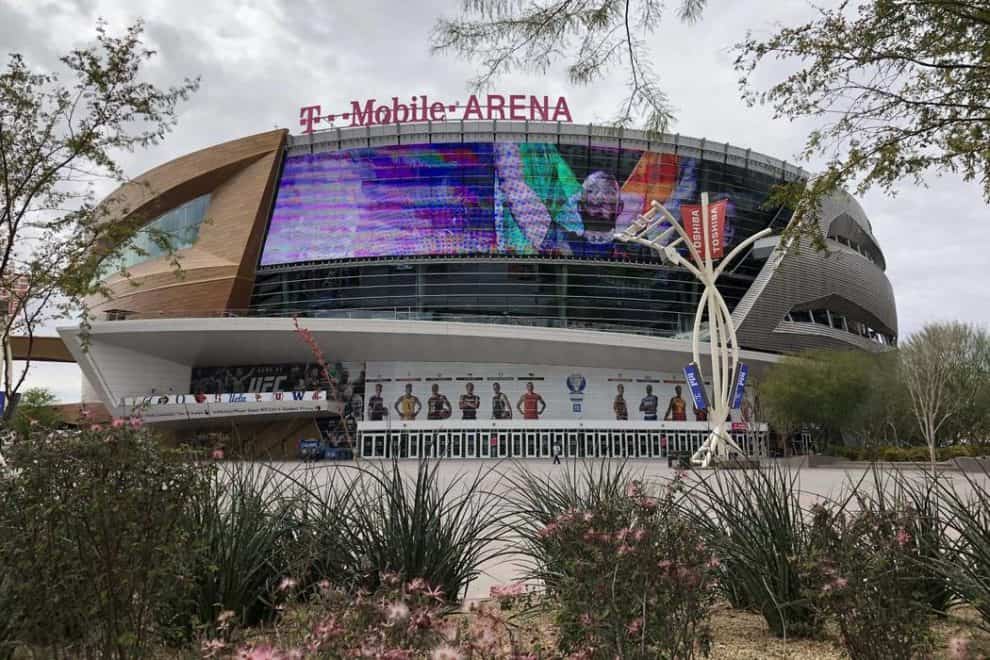
- The NBA suspended their 2019-2020 season on March 11 after Utah Jazz star Rudy Gobert tested positive for COVID-19.
- Since then there have been conflicting messages over if and when the league would resume play.
- On Friday, NBA Commissioner Adam Silver talked to players about the challenges ahead.
While several of the world’s major sports leagues are preparing to resume play the status of the NBA season–and for that matter the status of the 2020-2021 season–remains unclear. That was at least part of the message from Commissioner Adam Silver in a phone call with the National Basketball Players Association. The purpose of the call was to inform players on the challenges ahead for resuming not only this season but playing next season. The challenges are not only in ensuring the health and safety of the players but also of logistical and financial nature.
Silver laid out some potentially ugly financial realities and at least intimated at some of the collateral damage that could occur as a result. According to Silver, 40% of the NBA’s revenue is derived from game nights in arenas. Unfortunately, Silver indicated that there are no guarantees that fans could fully return to NBA areas not only this season but in the 2020-2021 season as well.
Silver didn’t mince words when he told the players:
“This could turn out to be the single greatest challenge of all our lives.”
POSSIBLE SCENARIOS OF A RETURN TO PLAY
Silver indicated that a decision on whether to resume the season and how it would work doesn’t need to be made until early June. That said, he strongly suggested that if and when 2019-2020 season play does resume that it would ‘make the most sense’ to do it in a limited number of locations.:
“There’s no point in adding risk for flying all of you city to city if there’s not going to be fans. We think it would be safer to be in a single location, or two locations, to start.”
He specifically mentioned Orlando for Eastern Conference games and Las Vegas for Western Conference games. That also lines up with reports that MGM Resorts has approached the NBA about hosting games at several of their Las Vegas venues including the T-Mobile Arena and MGM Grand Garden. MGM Resorts acting CEO Bill Hornbuckle spoke of their desire to host NBA games in thecompany’s recent Q1 earnings call:
“We have been in dialogue with leagues and other sporting activities around televised-only events. Boxing, MMA, NBA, NHL, etc. We can host some of that. We’re working diligently … to do that.”
One scenario has NBA players staying at the Mandalay Bay with games played at the T-Mobile Arena, MGM Grand Garden Arena and the Mandalay Bay Events Center. Alternately, MGM Resorts says that they could build as many as 24 basketball courts in the Mandalay Bay Convention Center for both games and practice. The MGM also mentioned that the Thomas & Mack Center at UNLV could also be brought into service if necessary.
MUCH REMAINS UNKNOWN ABOUT THE NBA’S PLANS
Ultimately, Silver admitted that much remains to be ironed out in any plan to return to play. He did say that the start of the 2020-2021 season could be pushed back to December and that such a move wasn’t contingent on what happens with this season. There are also possible changes in the playoff format to accommodate more teams, perhaps via a ‘play in tournament’.
One of the biggest issues involves the financial impact of the COVID-19 pandemic and resulting league shutdown. With up to 40% of league revenue at risk, there could be a corresponding impact on player salaries, salary caps and future basketball related income. He did conclude that this would all be worked out with the NBPA because the existing CBA didn’t really cover this type of event:
“The CBA was not built for extended pandemics.”
Silver also addressed the health and safety of players, which would include frequent COVID-19 testing and content tracing. Ultimately, he outlined the situation that the league and its players face going forward:
“Until there’s a vaccine, or some cocktail preventing people from dying from the virus, we are going to be dealing with this collectively. The ultimate issue is how much risk we’re all comfortable taking.”






